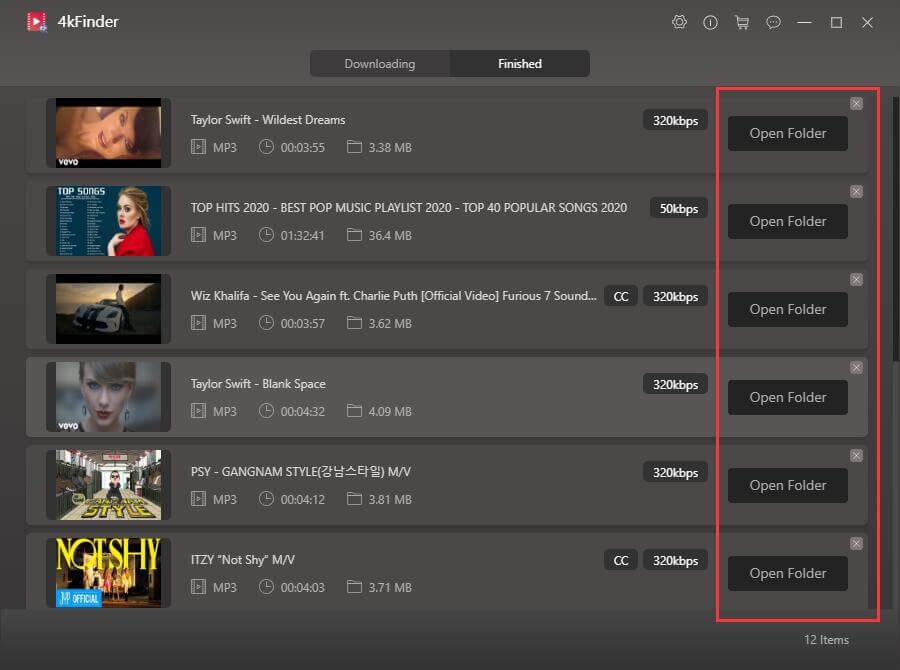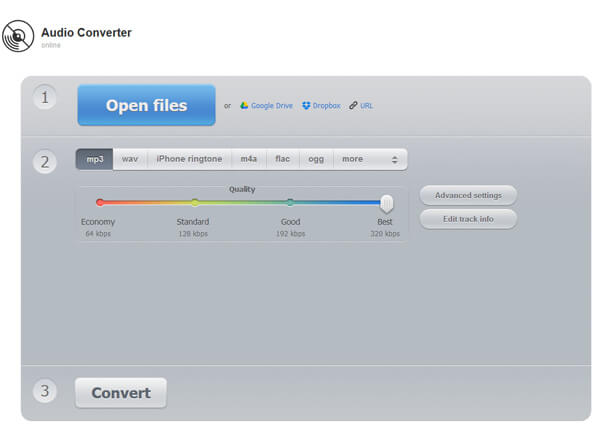
Probably you will not hear the difference even at 128 kbps. So as Porcus implied, it would be wasteful to use higher settings than the minimum needed to not notice. The good news about lossy codecs is they are designed to fool you probably you won't notice the audio is changed, unless you use some of the lowest settings. The m4a files are probably lossy already (if they contain AAC, not ALAC).

Quote from: mjb2006 on 07:34:04 - Encoding music to a lossy format will change the audio, no matter what settings you use. That could be part of the codec itself, in which case it wouldn't cost any bits in the file. If the top of the audible spectrum is audible in the sense that if you crop it off you change the (subjective) tonal balance – but yet it isn't much distinguishable (in actual music) from a mosquito, then you could just add a mosquito sound at “average level” to everything, substituting for the actual treble.

obviously, that is not what is going on). Well if it had been literally preserving the 16+ frequency band, then it would not have been spending its bits wisely, but that is not the case (imagine how a 64 kb/s AAC of a complex signal - that's down to 5% of lossless - would sound like if half an octave should be preserved litereally. It is probably not wasting space, at least not anything to worry about. This content/noise may be beyond what you can actually hear in actual music, so it's wasting space in the file. Quote from: mjb2006 on 07:34:04 Also consider if the 256 kbps AAC has some content (or noise) that it's preserving in the 16+ KHz frequency band. But at a lower bitrate, the MP3 encoder may ignore that high-frequency content (or noise) and might produce better quality for you in the more-important lower bands.
Mp3 converter 320 kbps 320 kbps#
The MP3 encoder at 320 kbps may try a bit too hard to keep that content without messing it up too badly, thus sucking away precious bits from the lower bands that you can hear.

AAC also happens to be much better than MP3 at handling content in that uppermost band. If you can't tell the difference between the AAC and the content transcoded to 128 kbps MP3, then it's highly likely the transcoded material at all MP3 bitrates from 128 to 320 is the same, maximum quality.Īlso consider if the 256 kbps AAC has some content (or noise) that it's preserving in the 16+ KHz frequency band. But you shouldn't infer from that "if I decode 256 kbps AAC and re-encode it as 320 kbps MP3, it will be the same quality." It's the same quality if you can't tell the difference. Listening tests have shown that people generally stop noticing the difference between the original and the lossy version at bitrate n for MP3 and at bitrate n-minus-something for AAC. Encoding music to a lossy format will change the audio, no matter what settings you use.


 0 kommentar(er)
0 kommentar(er)
